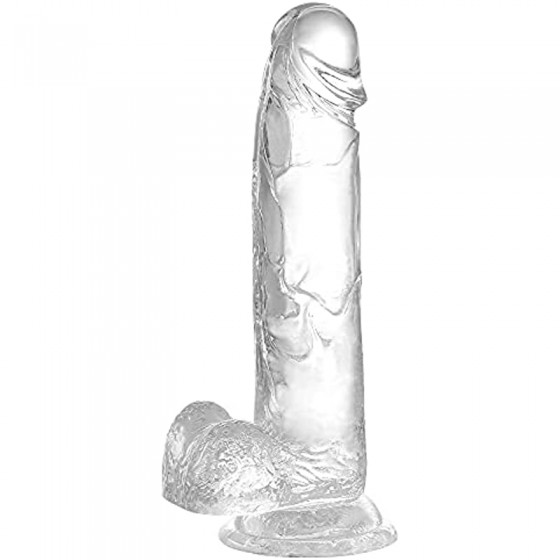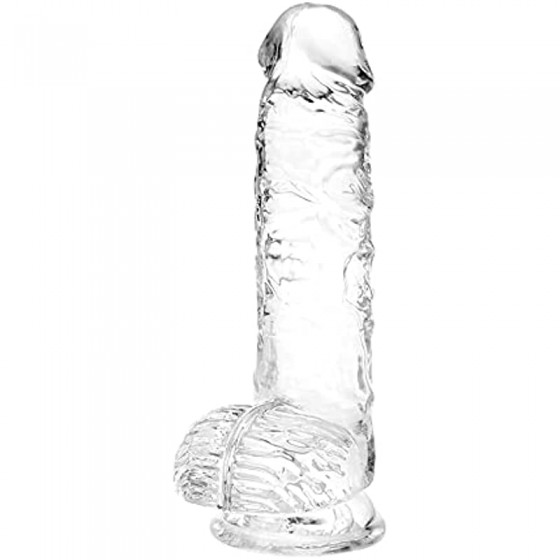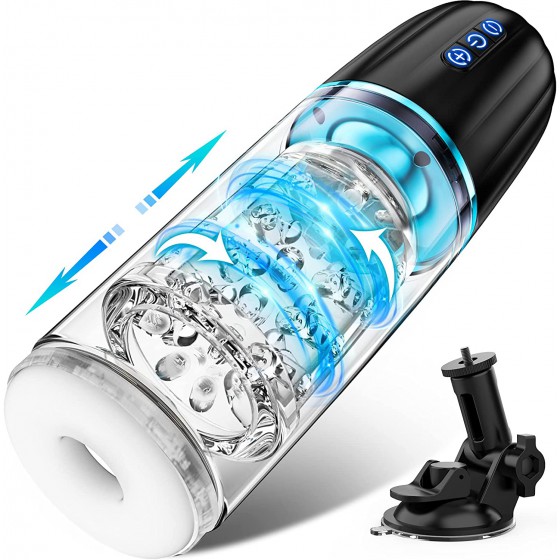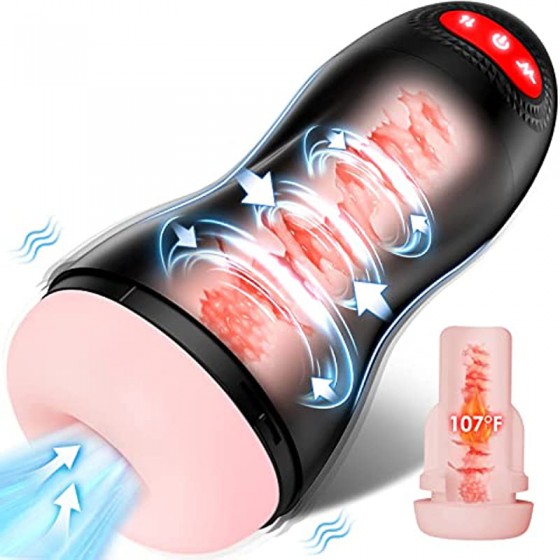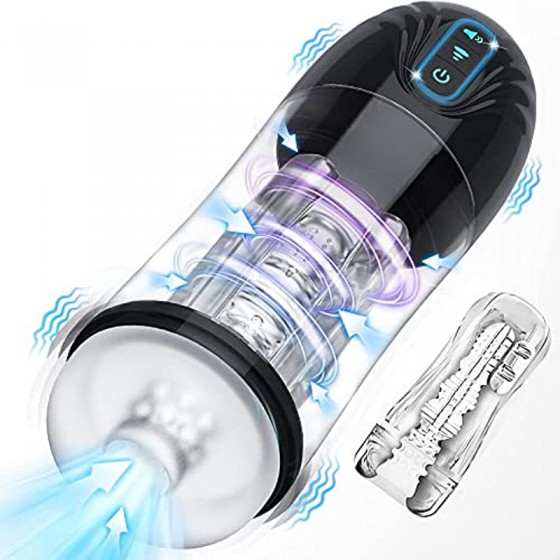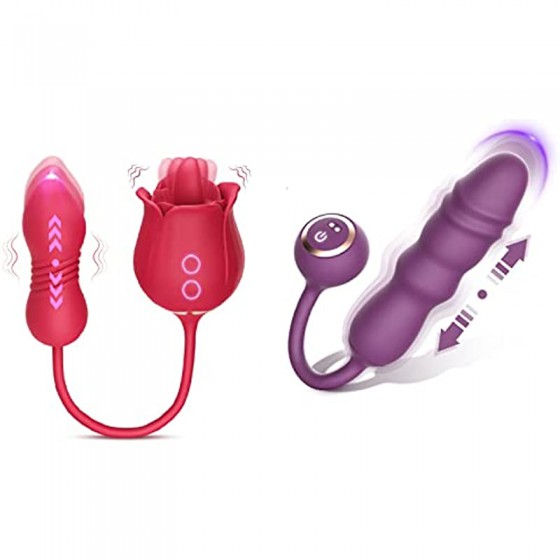Do you know these “secrets” of women’s private parts? How to care for
Which private part of the lower body does the private triangle refer to? In fact, what I am talking about is a woman’s private parts. After all, this is a private part. Women are shy to mention it directly in front of everyone. So to put it in an implicit way, women can better understand the knowledge of private parts and keep the private triangle away from diseases. A woman's private parts become healthier.
A woman’s private parts secrete three kinds of liquids
1. Leucorrhea is secreted daily
When a woman becomes pregnant, the fluid secreted from her private parts is called "leucorrhea". Normally, it is a colorless, transparent, and odorless liquid. Once you find a different liquid, it means there is a health problem, and women should take care of themselves in time.
Under normal circumstances, leucorrhea not only indicates women's health problems, but also helps expel bacteria in the vagina and balances acidity.
2. The liquid that appears when a woman is sexually aroused during intercourse
During sexual intercourse, the liquid secreted when sexually aroused is what people call love fluid. Its main function is to make the vagina smoother, reduce pain during intercourse, and allow women to better enjoy the happiness brought by intercourse.
3. The fluid produced by women during intercourse
In addition to enjoying the pleasure brought by intercourse, women also secrete a kind of liquid when they get pleasure. Of course, this only occurs when a woman reaches a certain degree of sexual excitement during intercourse, so she does not get too much pleasure. women have no impression of this.
Do you know these "secrets" about women's private parts?
1. The vagina is slightly acidic
The vaginal pH is about 4 (the normal range is 3.8-4.5) - the equivalent of a glass of red wine or a tomato. Acidity is actually a good thing, keeping the inside of your vagina in balance so that most pathogenic bacteria that are adapted to survive in an alkaline environment can't thrive there. So be careful when using certain hygiene products, such as various lotions, which can change the pH of the vagina.
2. There are four ways to produce orgasm
Four different nerves - pelvic, lower abdominal, sensory vagus nerve, and pudendal nerve - can provide magical pleasure to the private parts during lovemaking. The latest research on the brain has found that the sensory vagus nerve that passes through the spinal cord can produce a feeling of excitement. This is why some women can still experience orgasm after a complete spinal cord injury.
3. There are thousands of neurons on the clitoris
The clitoris has only one function: to provide sexual pleasure. With over 8,000 neurons on it, more than any other part of the body, the clitoris is extremely sensitive.
4. The clitoris is as big as the male penis
Believe it or not. The entire clitoris is wrapped around the back of the vagina and is about 80% of the size of the penis. However, due to the different body proportions of men and women, the clitoris is actually the same as the penis in terms of proportional size.
5. There can be more than one G-spot
As the key stimulation point for women to achieve orgasm, most people only know the G-spot. But in fact, the A point is a point that is more likely to excite women than the G point. The G-spot is located 2-3 centimeters from the front wall of the vaginal entrance, while the A-spot is deeper, a few inches above the G-spot. Both the G-spot and A-spot can be stimulated with your fingers. In fact, many areas within the vagina can cause pleasure, so don't hold on to your G-spot.






